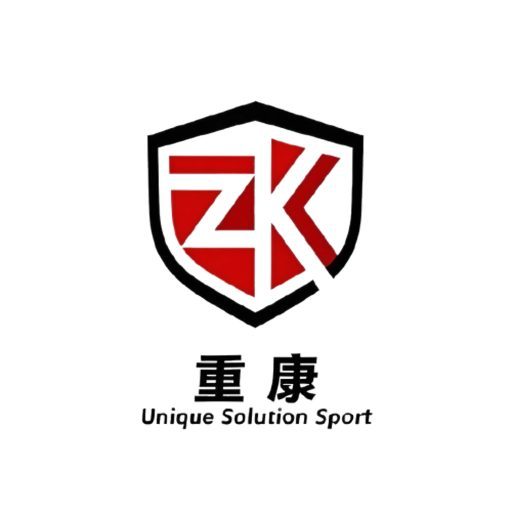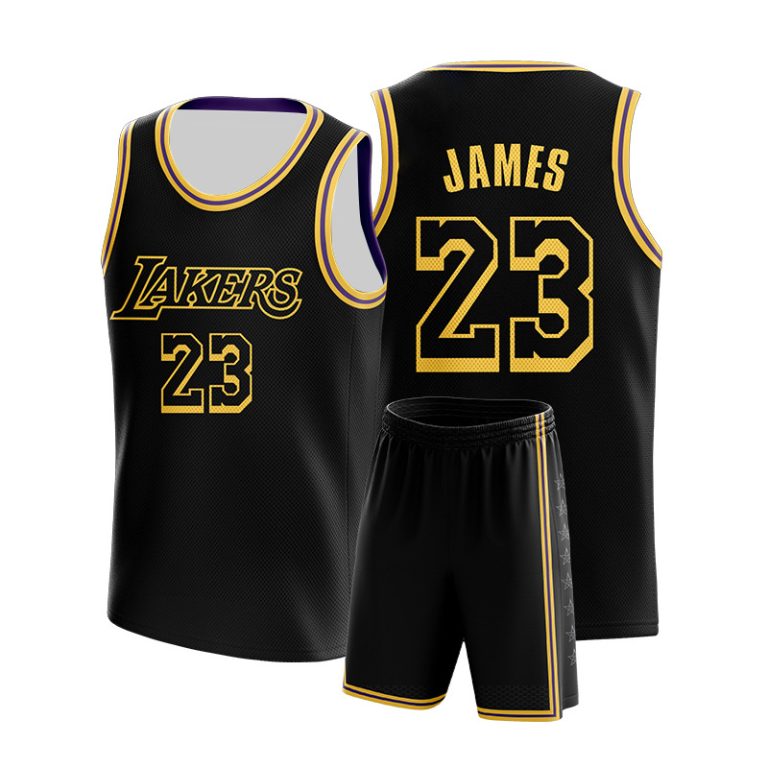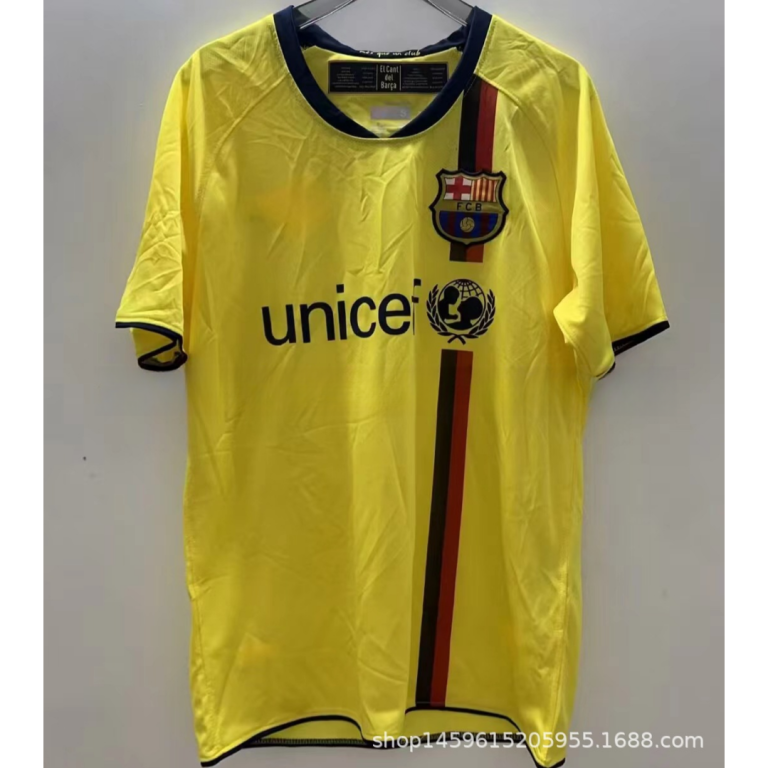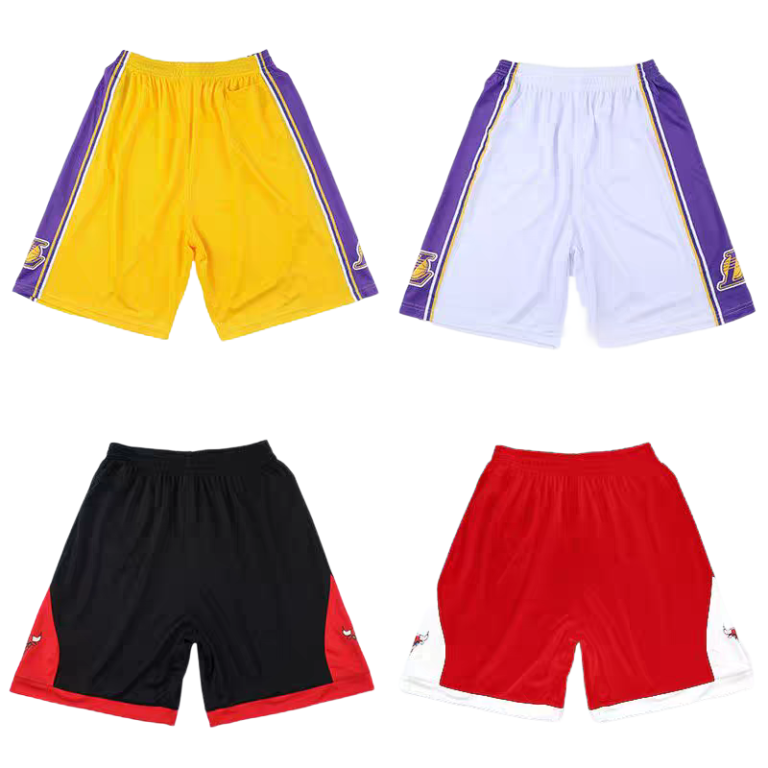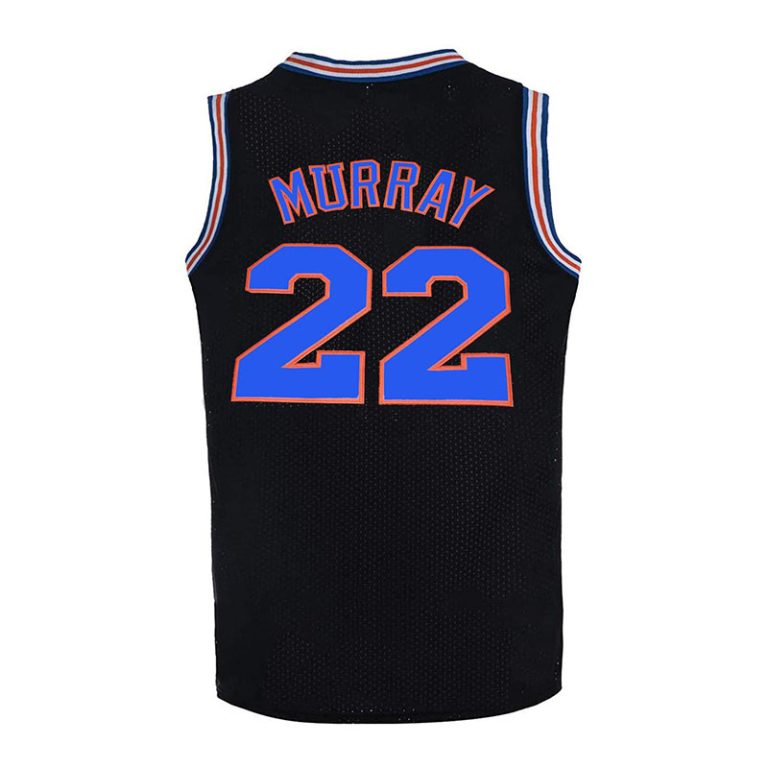Jerseys 68: High-Quality Wearing Experience and Premium Clothing Craftsmanship
In the field of sports equipment, jerseys serve as a medium for athletes to express their individuality and team spirit, and their design, material, and craftsmanship have increasingly become focal points. This article will delve into the aspects of jersey product “jerseys 68,” including fabric selection, technological processes, design features, market demand, production processes, quality control, as well as market positioning and sales strategies. It will also analyze how customer feedback influences product improvements.
Jerseys 68 Product Overview
The jerseys 68 series of jerseys has gained market recognition with its exceptional quality and unique design. This jersey line utilizes advanced materials and technology to provide athletes with a comfortable wearing experience and professional performance.
In terms of fabric, jerseys 68 employs high-performance textiles with excellent breathability and moisture-wicking capabilities, ensuring athletes stay dry during intense matches. This fabric also boasts durability and tear resistance, extending the lifespan of the jersey.
In terms of craftsmanship, jerseys 68 utilizes seamless stitching technology, reducing the number of seams on the garment to minimize friction and enhance comfort. Additionally, the meticulous stitching ensures the jersey is aesthetically pleasing and durable.
Design-wise, jerseys 68 focuses on details, combining sports aesthetics with functionality. The jersey’s color scheme is vivid, with smooth lines that showcase a sense of sports passion and vitality. Moreover, the jersey’s fit is designed ergonomically to better conform to the athlete’s body, providing a flexible range of motion.
In terms of market demand, jerseys 68 caters to professional athletes and sports enthusiasts, meeting the needs of consumers at different levels. With the popularization of sports culture, this jersey has been widely welcomed, especially in sports such as football, basketball, and volleyball.
In the production process, jerseys 68 strictly adheres to a quality management system, with each stage from raw material procurement to finished product shipment strictly inspected. During production, automated equipment is used for cutting and sewing to ensure the accuracy and consistency of each jersey.
In terms of market positioning, jerseys 68 is aimed at the mid-to-high-end market, winning consumer trust and praise with its high-quality and high-performance products. In terms of sales strategy, in addition to offline store sales, jerseys 68 also promotes through e-commerce platforms, social media, and other channels to broaden its sales channels.
User feedback indicates that jerseys 68 has received high praise for its comfort, durability, and appearance design. In response to user feedback, the brand continuously optimizes product design and improves product quality to continue to meet consumer needs.
The jerseys 68 series of jerseys has become an outstanding player in the sports apparel market, winning widespread recognition and popularity due to its high-quality fabric, exquisite craftsmanship, unique design, and market positioning.

Fabric and Technology Techniques
The jerseys 68 series is crafted with high-quality fabric, with durability and longevity at its core design philosophy. The fabric is made from specially treated synthetic fibers, which offer excellent elasticity and tear resistance, ensuring comfort and safety during physical activities.
The fabric used in this line of jerseys has a moderate density and good breathability, effectively reducing the body temperature of athletes during exercise and minimizing sweat retention, thereby enhancing the wearing experience. Additionally, the fabric is waterproof treated, allowing the jersey to stay dry even in adverse weather conditions.
In terms of technology, jerseys 68 employs advanced knitting techniques to ensure that each jersey is precisely sized and conforms to the body’s contours, providing excellent support for movement. The stitching on the jerseys is meticulous, utilizing double stitching to reduce wear and extend the lifespan of the garment.
To enhance the antibacterial properties of the jerseys, silver ions are incorporated into the fabric, effectively inhibiting the growth of bacteria and maintaining the hygiene of the clothing. Furthermore, the silver ions also have far-infrared radiation functions, which help to promote blood circulation and alleviate exercise fatigue.
In terms of color accuracy, jerseys 68 uses environmentally friendly dyes to ensure the vibrant and durable colors of the jersey, which are not prone to fading. Moreover, the printing process on the jerseys employs thermal transfer technology, resulting in clear patterns that are not easily peeled off.
In terms of detail handling, jerseys 68 focuses on functionality, such as the adjustable collar design of the jersey, which accommodates different athletes’ neck sizes; the cuffs are designed with elasticity, making it easy to stretch and contract during exercise.
Overall, jerseys 68 aims for excellence in fabric selection and technological craftsmanship, striving to provide users with high-quality, high-performance sports apparel.

Design characteristics and market demand
The design of jerseys 68 is uniquely meticulous, blending fashion with functionality. Its distinctive features are primarily evident in the following aspects:
In terms of color coordination, jerseys 68 employs a variety of vibrant and enduring colors, ranging from classic black, white, and gray to trendy color-blocking designs, catering to the personalized needs of different consumers. The color transitions are natural, providing a comfortable visual experience, suitable for both sports settings and everyday wear.
In pattern design, jerseys 68 combines sports elements with artistic creativity, offering a range of patterns such as abstract geometry, sports stripes, and urban landscapes. These patterns not only have high recognition but also reflect the brand’s design philosophy, which is to pursue a harmonious unity between sports and life.
Functionally, jerseys 68 focuses on the selection of fabrics and the processing of technology. High-quality materials such as breathable polyester and moisture-wicking spandex are used to ensure a comfortable experience during exercise. Additionally, the clothing features reflective strips and patterns inside, enhancing safety during sports activities.
In terms of market demand, jerseys 68 precisely captures the preferences of young consumers. With the popularity of a healthy lifestyle, the sports apparel market continues to grow, and consumers’ requirements for product quality and design are also increasing. jerseys 68 meets the market’s demand for high-quality, personalized sports apparel through continuous product optimization.
In terms of style, jerseys 68 offers a variety of cutting styles, including slim, loose, and casual fits to cater to consumers with different body types and wearing habits. At the same time, considering the specific needs of different sports, jerseys 68 has designed targeted sportswear, such as running, basketball, and soccer, making the products more professional and specialized.
In terms of material innovation, jerseys 68 continuously introduces new materials, such as using nanotechnology-treated fabrics that offer functions like antibacterial, odor-resistant, and quick-drying. These innovations not only meet consumers’ functional needs for sports apparel but also enhance the market competitiveness of the products.
In summary, the design features of jerseys 68 are closely linked to market demand. By continuously optimizing product details, jerseys 68 satisfies consumers’ pursuit of fashion, functionality, comfort, and personalization. In the fierce market competition, jerseys 68 wins the favor of consumers with its unique brand charm and product advantages.
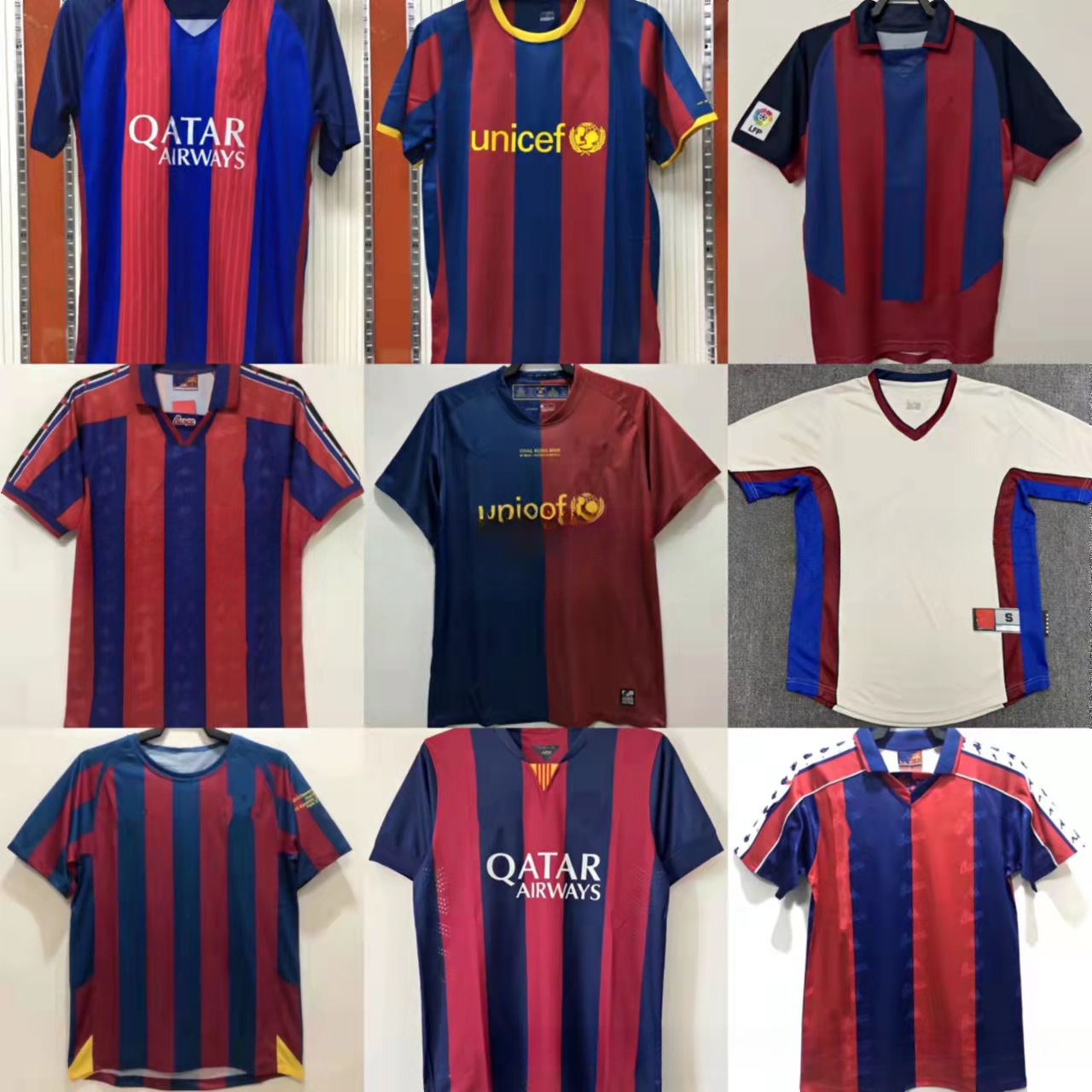
Production Process and Quality Control
In the production process, jerseys 68 strictly adheres to standardized procedures to ensure the quality of each jersey. The following is a detailed description of its production process and quality control:
The process begins with the selection of raw materials, where jerseys 68 strictly controls the quality of the fabric, choosing high-performance materials such as polyester and spandex blends to ensure the fabric has excellent wear resistance, elasticity, and breathability. The fabric undergoes multiple tests to ensure it meets the requirements for athletic performance.
In the cutting phase, high-precision cutting equipment is used to accurately cut the fabric, minimizing waste and ensuring that each piece of fabric is precisely sized. After cutting, the fabric moves on to the sewing stage, where workers are rigorously trained to master professional sewing techniques, ensuring even thread and neat stitching.
Once the sewing is complete, the jerseys enter the shaping process. Through the use of high-temperature, high-pressure shaping equipment, the jerseys maintain a stable size and shape, while excess moisture and residual stress are eliminated to enhance comfort and durability.
Subsequently, the jerseys move on to the detail processing stage, which includes special treatments for areas such as the collar, sleeve cuffs, and hem. These details are not only about aesthetics but also affect the wearing experience. For example, the collar features a curved design to increase comfort, and the sleeve cuffs have adjustable tightness to accommodate different users’ body shapes.
In the final product inspection stage, every jerseys 68 jersey goes through multiple rigorous quality checks. These checks include fabric defects, sewing techniques, dimensional errors, and color deviations. Any substandard products are promptly removed to ensure only products that meet quality standards leave the production line.
To further ensure quality, jerseys 68 has introduced advanced on-line inspection equipment to monitor production metrics in real-time. These devices can automatically detect potential defects and trigger real-time alarms, preventing defective products from entering the next production stage.
In the packaging phase, each jersey is packaged using environmentally friendly materials to ensure the product remains undamaged during transportation. Additionally, the packaging box is labeled with detailed information about the jersey, facilitating consumer identification and inquiry.
jerseys 68 has also established a comprehensive quality traceability system to ensure that each jersey has clear trace records. From raw material procurement to finished product sales, each stage is meticulously documented, making it easier to quickly locate the source of a quality issue and effectively address it.
Through these production processes and quality control measures, jerseys 68 ensures the quality of every product, earning consumer trust and market recognition.
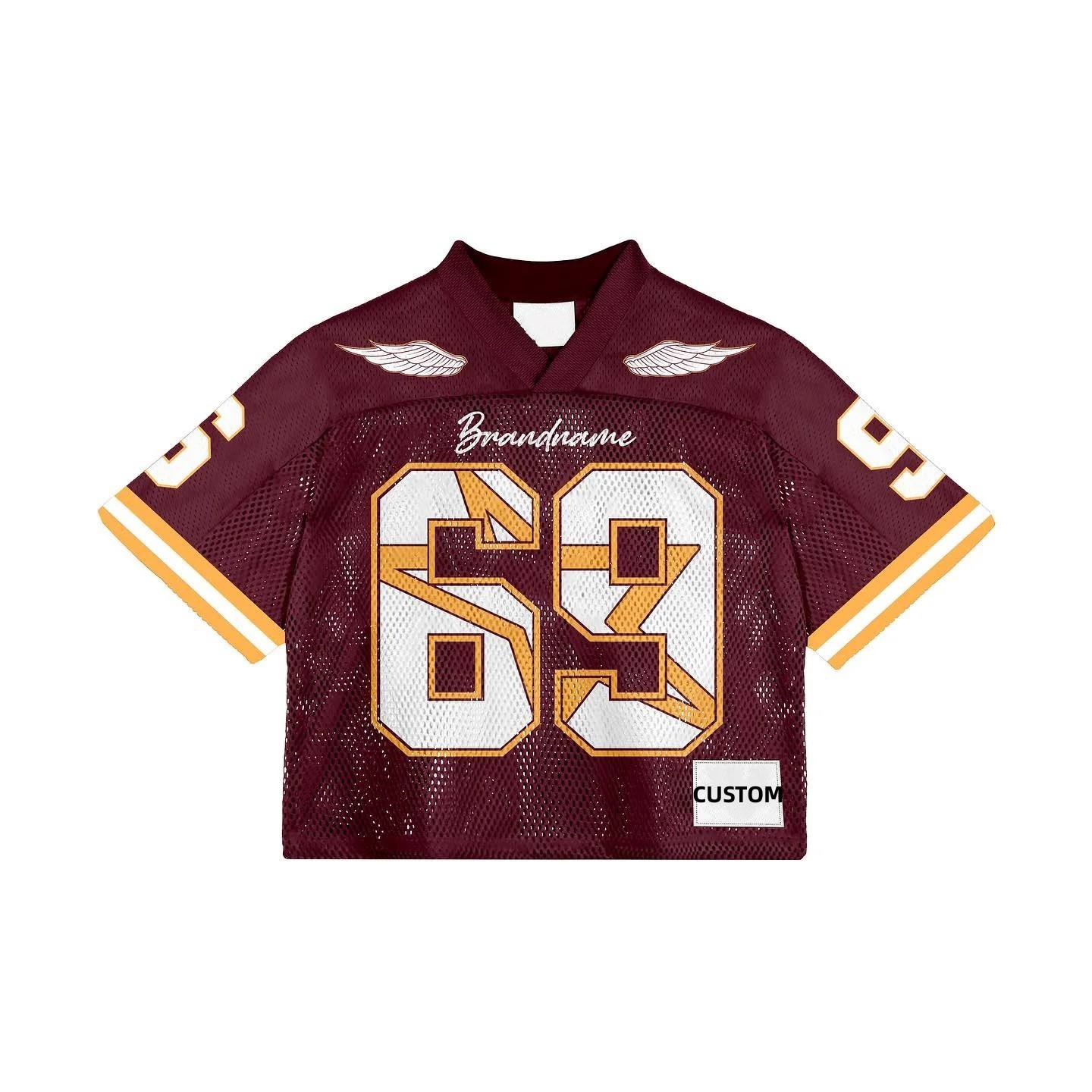
Market Positioning and Sales Strategy
The jerseys 68 series of soccer shirts is themed around fashionable sports, with a precise market positioning aimed at satisfying young consumers who seek personalization and quality. The sales strategy revolves around the following points:
-
Target Market Segmentation: Targeting sports enthusiasts aged 18-35, particularly fans of popular sports such as football, basketball, and volleyball, as well as young groups who pursue fashion trends.
-
Brand Collaboration and Limited Editions: Collaborating with well-known sports brands or designers to launch limited edition jerseys, leveraging brand influence to attract consumers while infusing designers’ unique creativity to enhance product value.
-
Multi-channel Sales: Online channels include the official website, e-commerce platforms, and social media for sales, while offline sales are conducted in sports goods stores, mall counters, and other physical outlets.
-
Marketing Promotion Activities: Regularly hosting online and offline events such as new product launches, sports challenges, and fan meet-and-greets to boost brand awareness and user loyalty. Additionally, using KOLs, influencers, and other opinion leaders for product promotion to expand brand influence.
-
Pricing Strategy: Adopting a differentiated pricing strategy, setting reasonable price ranges for jerseys with different styles, fabrics, and functional features to meet the needs of consumers at various levels of consumption.
-
After-sales Service: Providing an extensive after-sales service system, including returns and exchanges, customization services, and professional cleaning, to enhance user satisfaction and build a good brand reputation.
-
Seasonal Promotions: Launching corresponding promotional activities based on seasonal changes and holidays, such as summer clearance sales and winter warmth special offers, to stimulate consumer demand.
-
Membership Program: Establishing a membership program to offer registered users benefits such as points for redemption, discounts, exclusive events, and more, to increase user loyalty.
-
Customer Feedback and Product Improvement: Paying attention to customer feedback, collecting users’ opinions and suggestions during use, and promptly adjusting product design and functions to meet market demands.
-
Global Perspective: Expanding into international markets, promoting the jerseys 68 series of soccer shirts through cross-border e-commerce platforms, and enhancing brand international recognition.
Through these strategies, the jerseys 68 series of soccer shirts has achieved good sales performance in the market, not only satisfying consumers’ personalized needs but also enhancing the brand’s competitiveness in the sports goods industry.

User Feedback and Product Improvement
After the product launch, collecting user feedback becomes a critical phase. Consumers, through actual use, have provided valuable opinions on the comfort, durability, and design of jersey 68. Here is the compilation and analysis of the user feedback:
-
In terms of comfort, the majority of users have reported that jersey 68’s material is soft, breathable, and provides a good wearing experience. However, a small number of users have mentioned that in hot weather, the clothing can become slightly sticky after absorbing sweat.
-
Regarding durability, users generally believe that jersey 68’s stitching is sturdy and does not easily come undone, but some users have found that after a period of use, there is minor wear at the sleeve cuffs and collar edges.
-
In terms of design, users are satisfied with the patterns and color combinations of jersey 68, considering them fashionable and versatile for various occasions. However, some users have suggested that more personalized designs could be added to meet the needs of different consumers.
-
In response to the issues raised about comfort and durability, the production team has adjusted the material and production process of jersey 68. For example, the moisture-wicking performance has been optimized, the fabric density has been increased, and the risk of wear has been reduced.
-
To meet the expectations of users for personalized designs, the design team has introduced a variety of patterns and color options in subsequent products, while also adding customization services to allow consumers to personalize their jersey 68 according to their preferences.
-
In terms of sales strategies, jersey 68 has adopted differentiated strategies for different market segments. For young consumers, online channels are used for promotion, combined with social media marketing to increase product visibility. For business professionals, sales are conducted through offline physical stores and partners, emphasizing product quality and professionalism.
-
To continuously enhance user experience, the company has established a dedicated customer service team responsible for collecting user feedback and promptly addressing user complaints. By regularly analyzing user feedback, the company continuously optimizes product design and production processes to ensure jersey 68’s competitiveness in the market.
-
In addition, the company has established a good interactive relationship with users, hosting both online and offline events, inviting users to participate in product design and testing, making users participants in the product improvement process, and jointly creating a high-quality jersey 68 that better meets market demand.
